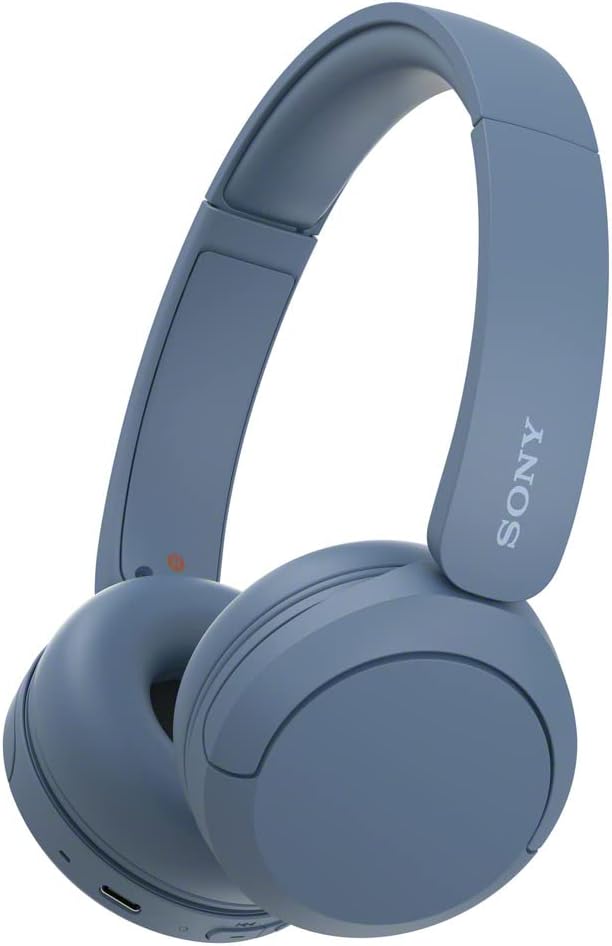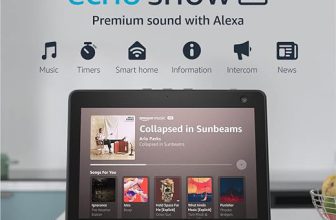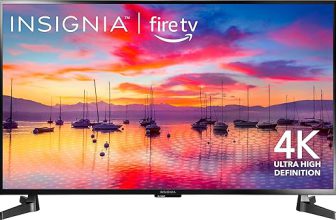
This guide outlines a straightforward process for switching between devices using Bluetooth headphones, allowing you to seamlessly enjoy audio from multiple gadgets. It begins with ensuring your headphones are in pairing mode, followed by disconnecting from the current device. Next, it details how to connect to a new device, whether it be a smartphone, tablet, or computer, and offers tips for managing multiple connections. By following these steps, you can efficiently transition between devices without missing a beat, ensuring a smooth listening experience.



Check Bluetooth Compatibility
Verify the Bluetooth compatibility of all devices you plan to connect your Bluetooth headphones to, including smartphones, tablets, laptops, and desktops. Check the specifications or user manuals of each device for Bluetooth capabilities. For instance, look for terms like “Bluetooth 4.0” or higher, which indicates modern compatibility. If you’re using a smartphone, access the settings menu and search for Bluetooth options to confirm if it can connect to wireless devices.
Explore the manufacturer’s website for detailed specifications if you cannot find the information in the device’s manual. For example, a laptop may list Bluetooth compatibility in its technical specifications or features section. Ensure that your devices are updated, as older models may require software updates to support newer Bluetooth profiles. If you’re uncertain about compatibility after checking, consider seeking customer support from the device’s manufacturer for clarity.



Disconnect from Current Device
Open the Bluetooth settings on the device your headphones are currently connected to. Locate the list of paired devices and find your headphones in the list. Select the option that says ‘Disconnect’ or ‘Forget Device’ to sever the connection. If you choose ‘Forget Device’, remember that you may need to re-pair the headphones with this device in the future.
Once you have successfully disconnected, your headphones will be free to connect with a new device. Ensure the new device’s Bluetooth is turned on and search for available devices to complete the pairing process. Follow any prompts that appear on the screen to finalize the connection.
Put Headphones in Pairing Mode
Activate pairing mode on your Bluetooth headphones by following these steps:
- Locate the power or Bluetooth button on your headphones. This button is often marked with the Bluetooth symbol or is part of the power button.
- Press and hold the button for a few seconds. Continue holding it until you observe a blinking light. The blinking light typically indicates that the headphones are in pairing mode.
- Ensure the headphones are close to the device you intend to pair them with, as proximity can aid in a successful connection.
- Check your device’s Bluetooth settings and look for your headphones in the list of available devices. Select them to complete the pairing process.
Connect to New Device
Open the Bluetooth settings on your new device. This can typically be found in the settings menu under “Connections” or “Devices.” Once in the Bluetooth settings, enable Bluetooth if it isn’t already turned on. Look for an option that says “Search for devices” or “Scan for devices,” and select it. Your device will start searching for available Bluetooth devices in the vicinity.
Locate your Bluetooth headphones from the list of detected devices. Tap on your headphones’ name to initiate the pairing process. Follow any on-screen prompts that may appear, such as confirming a pairing code or allowing access. Wait a moment as your device completes the connection, and once paired, you should see a confirmation that your headphones are connected and ready to use.
Test the Connection
Play audio on the new device to ensure the headphones are functioning correctly. Choose a song or audio clip that you are familiar with to better assess the sound quality. Press play and listen carefully for any irregularities or distortions in the audio.
Adjust the volume as necessary to confirm the audio quality. Increase the volume gradually to a comfortable level, ensuring that the sound remains clear without any static or interruptions. If the audio sounds muffled or distorted at higher volumes, check the headphone connection or settings on the device.
Switching Back to Previous Device
Disconnect the headphones from your current device by navigating to the Bluetooth settings on that device and selecting the option to disconnect or forget the headphones. Next, ensure that your old device is powered on and within range. If your headphones support automatic reconnection, simply turn them on, and they should pair with the last connected device. If not, access the Bluetooth settings on your old device, search for available devices, and select your headphones from the list to initiate pairing.
For example, if you are switching from your laptop to your smartphone, first disconnect the headphones from the laptop by going to the Bluetooth settings and clicking on “Disconnect.” After that, turn on your smartphone and check the Bluetooth settings. If the headphones automatically reconnect, they should appear as connected. If they do not, tap on the headphones in the list of available devices to manually connect. This process will allow you to seamlessly switch back to your previous device without any hassle.
Seamless Device Transition Tips
In conclusion, switching between devices with Bluetooth headphones is a simple yet effective way to optimize your audio experience. By understanding the connection process and following the outlined steps, you can effortlessly manage multiple devices, allowing for seamless transitions whether you’re at home or on the go. Embracing this functionality can enhance your daily routines and ensure you’re always connected to your preferred audio source.







I usually don’t bother with putting my headphones in pairing mode every time. What I do is just leave them on and try to connect to the new device directly. It works for me most of the time! Anyone else do this?
Thanks for your question! The Sony WH-1000XM4 is a solid choice for switching devices. If you’re looking for alternatives, the Bose 700 and Apple AirPods Max are also known for their smooth transitions between devices. Hope this helps!
Totally agree! I’ve done that too, especially with my Jabra Elite 75t. If the last device is off, it connects to the next one automatically. Sometimes it’s just about finding what works best for you!
That’s a great point! A lot of newer headphones have a memory function that allows them to connect automatically to the last paired device. It’s all about convenience!
This guide is super helpful! I had trouble switching between my laptop and my iPhone. Now I know exactly what to do. Thanks for clarifying the pairing mode part! Keep up the good work!
Glad to hear you found it helpful! Switching between devices can be confusing sometimes, but it’s great that the guide helped clarify things for you. Thanks for the support!
I just wanted to share my success story! I was having a tough time getting my headphones to switch from my tablet to my phone, but after following this guide, it’s been smooth sailing. Finally enjoying my music and calls without the hassle!
That’s fantastic to hear! It’s always rewarding when a guide can help you solve a problem. Thanks for sharing your success story with us!
Hey, great guide! Just wondering if anyone has recommendations for Bluetooth headphones that switch seamlessly between devices. I’m currently using the Sony WH-1000XM4 but sometimes it gets a bit tricky. Any suggestions?
What about using Bluetooth headphones while gaming? I’ve heard some have latency issues. Anyone tried the SteelSeries Arctis 7? How does it handle switching?
Great question! The SteelSeries Arctis 7 is known for having low latency, making it suitable for gaming. Switching is also pretty seamless, but it can vary based on the devices you’re switching between.
Pro tip: always make sure to keep your headphones updated via their app! My Sennheiser Momentum 3 got a firmware update that improved device switching. Just saying!
That’s an excellent tip! Firmware updates can indeed improve performance and functionality. Always a good idea to keep your devices up to date!